When it comes to getting the best sound experience, studio headphones are a game changer. They're designed to deliver clear, accurate audio so you can hear every detail in your music or recordings, making them ideal for artists and producers alike. Whether you're mixing tracks or just enjoying your favorite tunes, investing in a good pair of studio headphones will elevate your listening experience.
Studio Headphones
Experience professional sound quality for your music production and listening pleasure
Product List
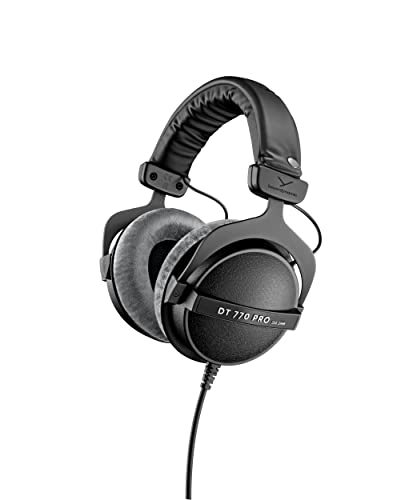
Pro Studio Headphones - Beyerdynamic 250 Ohm
Beyerdynamic
Product Review Score
4.28 out of 5 stars
158 reviewsSGD 220.41

Beyerdynamic DT 770 PRO Headphones
Beyerdynamic
Product Review Score
4.16 out of 5 stars
123 reviewsSGD 220.41
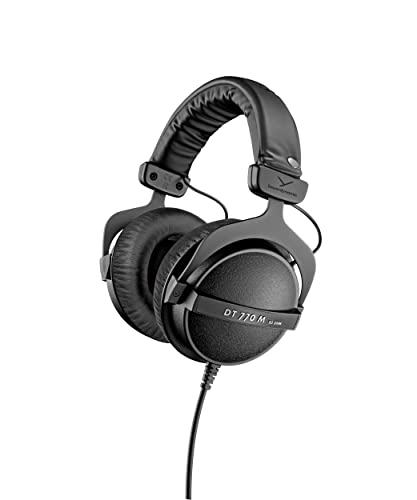
Beyerdynamic DT 770M Headphones
Beyerdynamic
Product Review Score
4.9 out of 5 stars
91 reviewsSGD 269.18 SGD 237.50
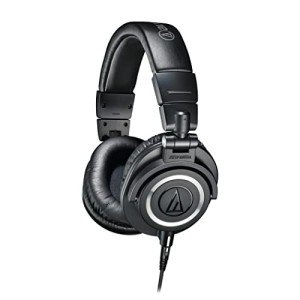
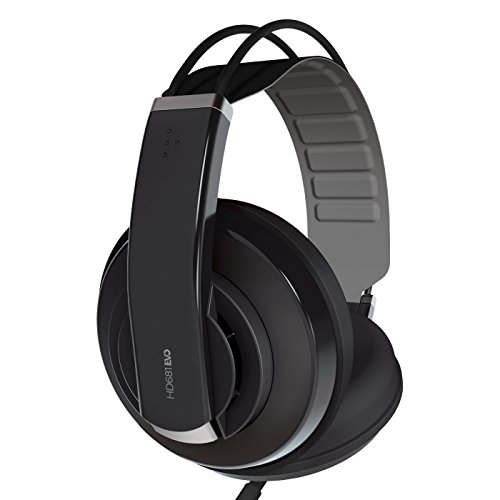
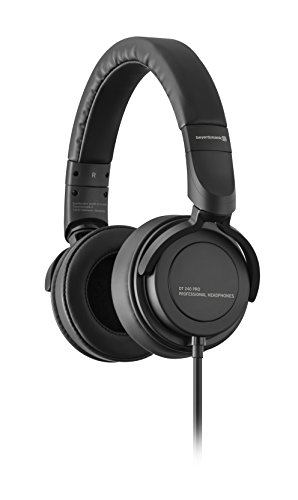
Beyerdynamic DT 240 PRO Headphones
Beyerdynamic
Product Review Score
4.42 out of 5 stars
119 reviewsSGD 105.94
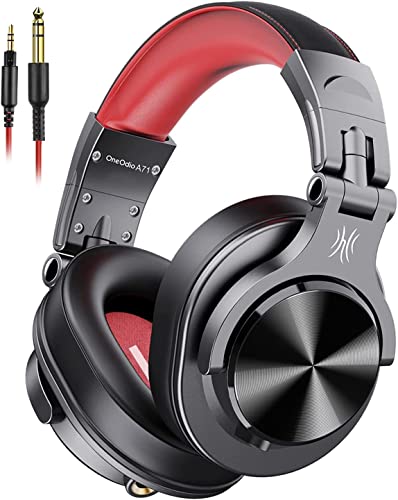
Stereo Bass Over-Ear Headphones
Oneodio
Product Review Score
4.12 out of 5 stars
120 reviewsSGD 59.79 SGD 42.70
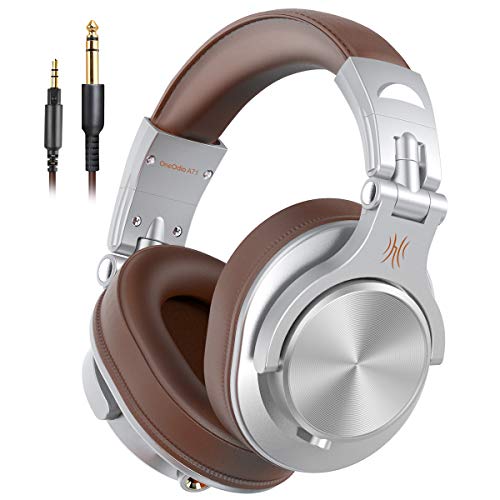
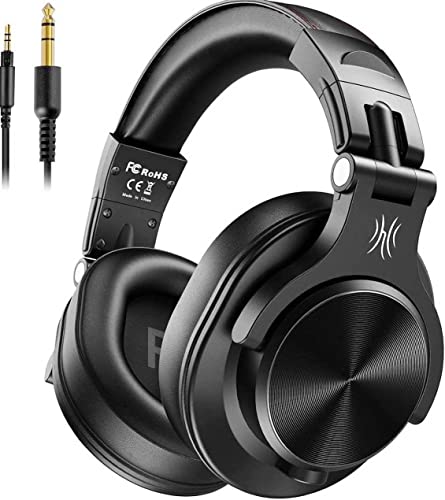
OneOdio DJ Headphones
Oneodio
Product Review Score
4.84 out of 5 stars
74 reviewsSGD 56.37 SGD 44.41
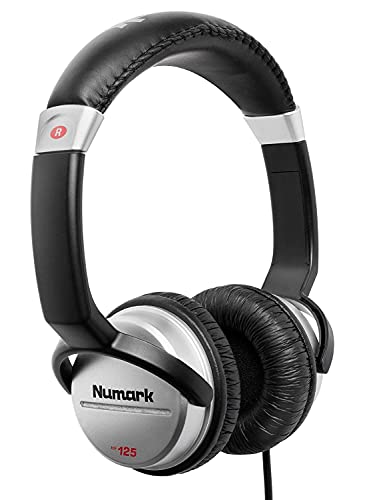
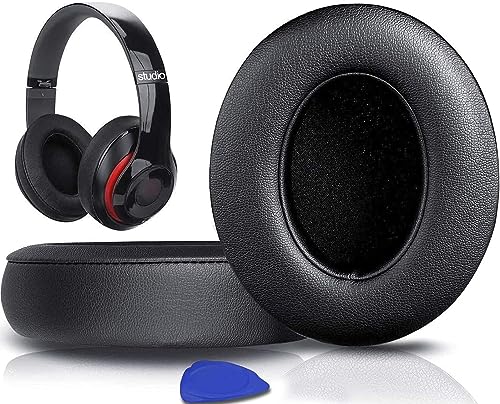
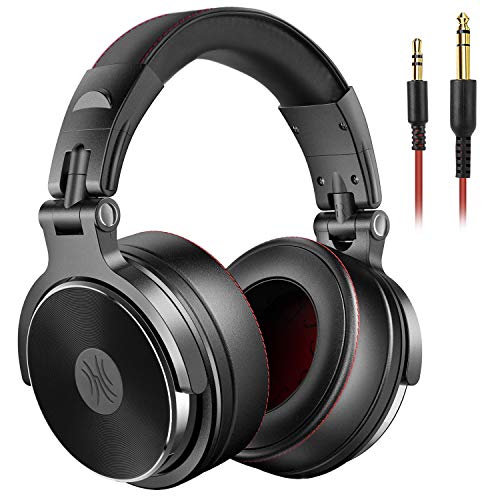
OneOdio DJ Headphones - Noise Isolation
Oneodio
Product Review Score
4.19 out of 5 stars
46 reviewsSGD 78.58 SGD 58.93
If you're serious about your sound, studio headphones are a game changer. They're designed to give you precision and clarity, so you can hear every detail in your music or recording. Whether you're mixing tracks or just enjoying your favorite playlist, these headphones ensure you're getting the best audio experience possible.
When shopping for studio headphones, comfort is key. Look for options with soft padding and adjustable headbands, so you can wear them for hours without discomfort. Plus, consider the type of connection—wired or wireless—based on how you like to work or relax.